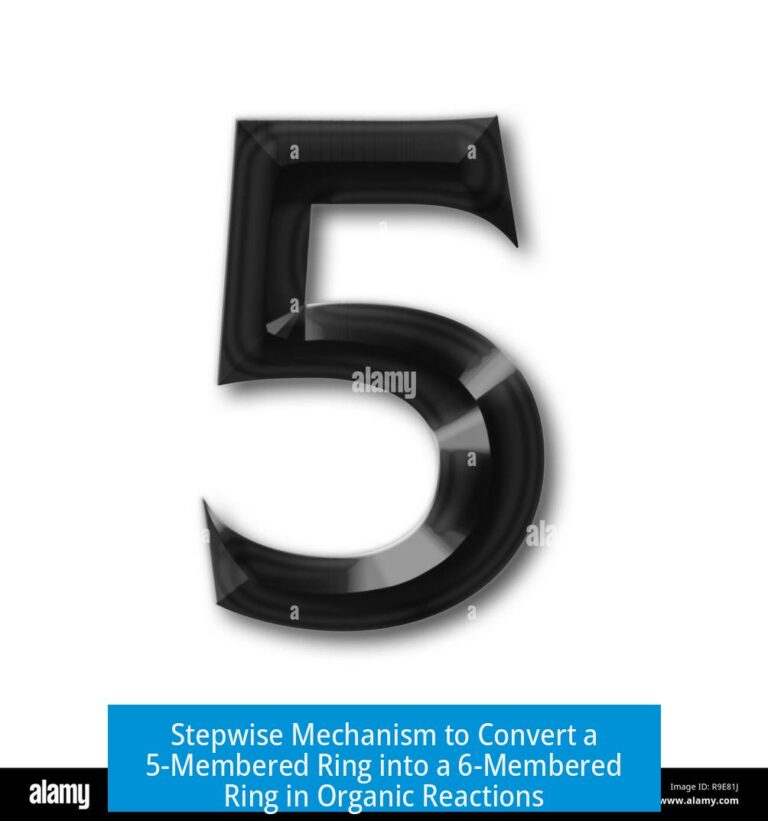Best Way to Neutralize Ammonia Based Cleaner?
The best way to neutralize an ammonia based cleaner involves diluting it with water, then promptly blotting or extracting it using a wet vacuum or absorbent materials such as kitty litter. Avoid attempting to neutralize ammonia with acids or harsh chemicals, as these can worsen the problem and cause lingering odors. Good ventilation to allow natural evaporation and the use of physical absorbents like activated charcoal can further aid in removing ammonia residues and smells.
Understanding Ammonia-Based Cleaners
Ammonia (NH3) is a volatile, small molecule commonly used in many household cleaners. It evaporates quickly and usually leaves no solid residues. However, when spilled or applied in excess, ammonia can soak deeply into porous materials like carpet or hardwood, creating strong odors and difficult cleanup challenges. Neutralizing ammonia entails removing or diluting the chemical efficiently without causing additional problems.
Why Simply Letting Ammonia Evaporate Works
Due to its volatility, ammonia evaporates readily at room temperature. Exposing the spill area to fresh air by opening windows and directing fans accelerates this process. Pressing a towel onto the spot can help lift surface moisture, speeding drying. Since ammonia leaves no chemical residue, natural evaporation often suffices in many cases.
- Open windows to increase ventilation.
- Use fans to direct airflow over the affected area.
- Blot with absorbent towels to remove moisture.
Allowing ammonia to dry naturally prevents the formation of additional compounds that may cause odors or damage.
Dilution and Extraction: The Primary Approach
Dilution with water reduces ammonia concentration and pH levels, making it less volatile and easier to extract. Immediately after diluting, one should blot the area thoroughly with clean towels or employ a wet vacuum to pull out liquid from porous materials.
| Step | Action | Reason |
|---|---|---|
| 1 | Dilute spill with clean water | Reduces ammonia concentration and pH |
| 2 | Blot with towel or use wet vacuum | Removes dissolved ammonia from surface/fibers |
| 3 | Repeat as needed | Ensures thorough extraction of ammonia |
This approach limits ammonia’s contact time with materials and prevents odors from persisting.
Avoid Using Acids to Neutralize Ammonia
Ammonia is alkaline, which tempts some to neutralize it with acids like vinegar. However, this practice creates ammonium salts such as ammonium acetate. These salts can crystallize inside fabrics and porous surfaces, causing prolonged odor release.
Acid-base neutralization reactions pose several drawbacks:
- Ammonium salt crystals form deep in fabrics.
- Crystals slowly dissolve over time, emitting ammonia smell.
- This may necessitate repeated wetting and extraction, worsening material damage.
Thus, acids are generally discouraged to avoid long-term smell and potential fabric damage. Water dilution remains safer and more effective.
Physical Absorbents and Removal Methods
Certain materials can physically absorb ammonia or its moisture for easier removal.
Kitty Litter (Zeolite-Based Absorbents)
Zeolite in kitty litter adsorbs liquid ammonia effectively. Sprinkling kitty litter over a spill and letting it sit absorbs residual moisture. Vacuuming the litter afterward removes absorbed ammonia along with dust particles.
- Use unscented kitty litter to avoid mixing smells.
- Allow time for absorption before vacuuming.
- Repeat application if needed for large spills.
Wet Vacuuming and Steam Cleaning
Wet vacuums extract liquid and dissolved ammonia from surfaces and carpets. Steam cleaning can also loosen ammonia trapped in fibers for subsequent vacuuming. Car wash facilities often offer efficient wet vacuum services for large spills.
Proper extraction prevents ammonia entrapment and reduces odor persistence.
Activated Charcoal and Carbon Filters
Activated charcoal effectively adsorbs gaseous ammonia and odors. Placing trays of activated charcoal near the contaminated area helps neutralize residual smells as ammonia evaporates.
- Activated carbon filters serve a similar odor adsorption role in air purifiers.
- Position charcoal near spill until odor dissipates.
Chemical Attempts and Their Challenges
Some cleaners try household substances like vinegar, baking soda, or salt to neutralize ammonia. However, these methods have pitfalls:
- Vinegar reacts with ammonia forming ammonium acetate, which can leave a persistent smell and damage fabrics.
- Baking soda may neutralize vinegar odor but adds complexity to cleanup.
- Salt can absorb moisture but doesn’t chemically neutralize ammonia; it may also leave residues or films.
- Bleach is not recommended as it may react dangerously with ammonia, producing harmful gases.
Chemical interference often complicates cleanup and could worsen odors or material damage.
Handling Ammonia Spills on Different Materials
Ammonia soaks quickly into porous surfaces such as carpet, hardwood, and laminate flooring. This penetration makes removal challenging.
- Carpet: Dilute generously with water and use wet vacuuming to remove as much ammonia as possible.
- Hardwood floors: Use damp cloths to dilute and blot, avoiding excess water that may cause wood warping.
- Laminate or vinyl flooring: Clean with water and blot thoroughly, ensuring no residue remains.
Ammonia odor can attract animals, prompting repeat marking behaviors. Quickly managing ammonia spills prevents this issue.
Summary of Key Practices for Neutralizing Ammonia-Based Cleaner
- Dilute ammonia spills with water promptly.
- Use wet vacuuming or thorough blotting to extract ammonia.
- Absorb excess moisture using unscented kitty litter before vacuuming.
- Avoid acids to prevent ammonium salt formation and persistent odors.
- Allow natural evaporation with good ventilation and fans.
- Employ activated charcoal to absorb residual ammonia odors.
- Do not use bleach or harsh chemicals that could create toxic fumes.
- Adjust cleanup methods based on the material involved to avoid damage.
Final Considerations
Ammonia is both a reactive and volatile cleaner. Its effective neutralization depends chiefly on dilution, extraction, and ventilation. Chemical neutralization attempts with acids or bleach carry risks. Physical absorption and enhanced airflow provide safe, practical solutions.
Following these vetted methods ensures efficient ammonia cleanup, odor elimination, and minimal damage to surfaces. This approach aligns with best practices shared among cleaning professionals and chemists for ammonia-based product management.
How should I neutralize an ammonia-based cleaner spill on carpet or fabric?
Dilute the area with water. Then blot or use a wet vacuum to extract moisture. Avoid acids, as they create ammonia crystals that cause lasting odors.
Is it effective to use vinegar or bleach to neutralize ammonia cleaner?
No. Vinegar can leave a strong, unpleasant smell. Bleach is not recommended and may cause more issues. Stick to water dilution and extraction methods.
Can kitty litter help with ammonia cleaner spills?
Yes, kitty litter absorbs ammonia effectively. Spread it over the spill, let it absorb liquid, then vacuum it up for easy removal.
Does ammonia cleaner leave a residue after evaporation?
Ammonia is volatile and usually evaporates without leaving residue. Good ventilation and a fan speed up this process.
Are there chemical alternatives to neutralize ammonia without damage?
Activated charcoal can absorb ammonia odors safely. Avoid acids to prevent chemical reactions that trap ammonia in materials.





Leave a Comment